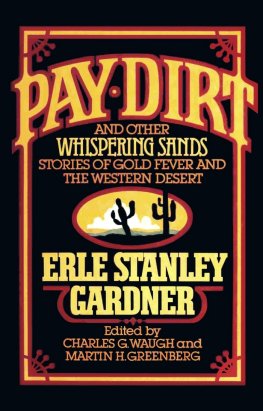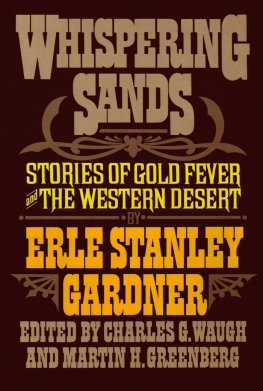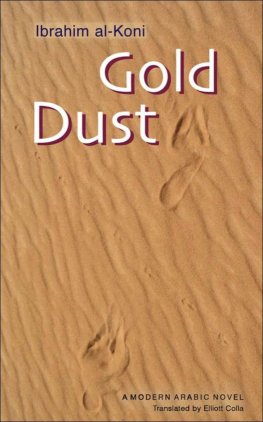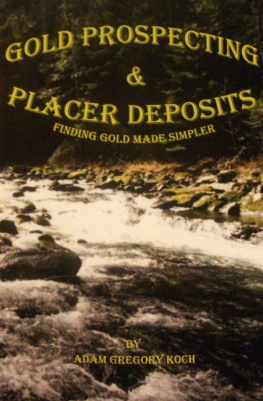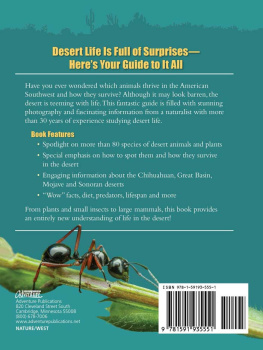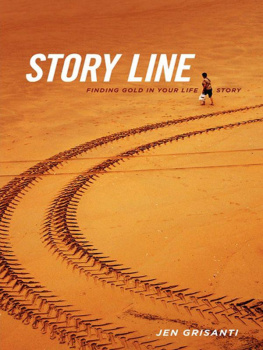
All rights reserved. This book or any parts thereof may not be reproduced in any manner whatsoever without written permission of the publisher.
Digital ISBN: 978-0-939650-81-1
Published by
American Traveler Press
5738 North Central Avenue
Phoenix, Arizona 85012
(800) 521-9221
www.AmericanTravelerPress.com
1978, revised 1991, 1993, 2008
Ebook layout by Brad Farmer of Many Hats Media, Inc.
Contents
Foreword
Gold has always been the most sought after mineral. It is expensive, heavy, and responsible for the condition called gold fever. Much of America was explored and settled due to prospecting and gold mining.
Gold prospecting is a great outdoor hobby. One of the important and interesting methods of obtaining gold in dry deserts is by drywashing. Mr. Otto Lynchs book contains information on procedures for drywashing for gold compiled from over 50 years of productive experience in the field.
The amateur entering the hobby with an interest and desire to learn how to find gold in the desert is usually frustrated by lack of information to assist and guide him. With this book, the author has provided the beginner as well as the experienced prospector with his own personal experiences and professional knowledge. It is written in an easy style as though it were a personal conversation with the author discussing a field he knows and enjoys.
An Introduction
If you have never seen gold as it comes out of the ground in nature, you have yet to experience the thrill of finding a nugget.
How many times have you heard the expression, Gold is where you find it? Well, gold might be where you find it, but the big question iswhere do you look to find it? A great deal of gold has already been found in the United States and other placesand over the years, people have fought and died for it.
Ive never cared about gold for gain or money. The only reason I have looked for gold was the pleasure of finding it. Prospecting for gold is a hobby with melike baseball is a hobby with some people and dancing is a hobby with others. I think it is the finest recreation in the world to go out to the desert or the hills on a beautiful sunny day, and even though I find only a few little grains of gold here and there at times, and sometimes I dont find any at all, I still have had the pleasure of being outdoors and the challenge of trying to coax a little of that elusive gold out of the ground.
This guidebook will give you the basic information you need to get started and will tell you in a general way what you might expect. There is no substitute for experience or a teacher, and this book does not try to replace the help you can get from an experienced prospector. I can only describe to you how I have found gold on the desert and tell you some shortcuts and helpful hints Ive learned over the years through trial and error, which will speed you on your way to finding your first nugget in the desert.
What You Need
The following is a list of equipment youll need for finding gold and preserving whatever you find:
| Drywasher | This is the major item of equipment. The plans to build a drywasher is included in this book. |
| Gold Pan | I recommend a gravity trap pan. |
| Other Tools | Pick, shovel, rake, 5-gallon bucket, wash tub, sheet of -inch screen. |
| For Processing Panned Gold | Magnet that has a 5-pound pickup capacity, small jar with tight-fitting lid, plastic tubing. |
| Water | In addition to drinking water, bring about 5 gallons (for the panning process). |
You should also bring plenty of food and drinking water, a first-aid kit in case of minor injuries and a hat with a brim to protect your head and face from the sun.

If you can picture yourself in the desert prospecting for gold, you are probably already an outdoor person and have had experience in backpacking or camping.
Getting started in prospecting as a hobby is not terribly expensive and, after the initial investment, costs nothing in addition to your regular expenses for a trip (food, gas, etc.). You may have much of the necessary equipment on hand already. This will be covered in detail later in this chapter.
One of the first things to do in getting started is to get an idea of where you want to go.
In my opinion, the desert area around Kingman in Mohave County, Arizona, is about the best place in the United States to look for placer gold. It is a large county, very dry, and very rich in minerals.
The deserts of California, New Mexico, and Nevada are also good places to go looking for gold. They are all hot, dry deserts and there is a lot of gold left, though not in such vast quantities as was found in the gold rush days.
The desert is such a large area it would be purely a matter of luck if you happened upon a gold-bearing area, so once youve decided where youre going to go, I recommend you go to the County Courthouse in that area to look at their Topographic Maps published by the U.S. Geological Survey. These maps may also be purchased from map stores. They show the names of the mountain ranges, location of roads and, most importantly, have symbols on them (a crossed pick and shovel) to indicate the locations of gold and mineral deposits. There are lots of placer beds in Arizona.

Mohave County, Arizona, is a great place to start looking for gold.
It is also very helpful to find an old-timer in the town where you go. Talk to him about the best places to find gold. You will generally find someone who is willing to talk freely, give you directions and tell you where he thinks the best place is located. You might even be lucky enough to find someone who will go out with you. If you are that lucky, you will have made the first big step and it will take only two or three weeks for you to learn what you are doing. If you try to go it alone, you may feel discouraged. On the other hand you may be like I waslucky enough the first time out to find gold. It wasnt much (only a few grains) but it was quite a thrill.
Before venturing out into the desert, make sure your vehicle is in good shape, that your tires and spare are full of air and have good tread, that you dont have an overheating problem (take extra water in case you need it for the radiator), and that you have plenty of fuel.
I have been in the desert for many years and have never been bitten by a snake or stung by a scorpion. Keep in mind that after the sun comes up and it gets hot, most of the desert critters crawl into holes and you seldom see them. They usually come out at night and in the early morning.
CAUTION
There is always an exception to the general rule. Be alert to the possibility of getting too close to a snake or scorpion, and if you are bitten or stung,
SEEK MEDICAL ATTENTION IMMEDIATELY. DO NOT TRY TO TREAT YOURSELF.
Concentrate your search in the small canyons and washes coming down from the hills. First, note that there are minerals in the hills up above. This is where maps come in handy. Most maps indicate the mineralized hills; for example, the Mohave Mountains, which lie about 4 miles east of Lake Havasu City, Arizona. This range starts near Highway 66 (Interstate 40) about 40 miles west of Kingman. The range is 30 to 35 miles long and goes south to the Bill Williams River.
Next page

